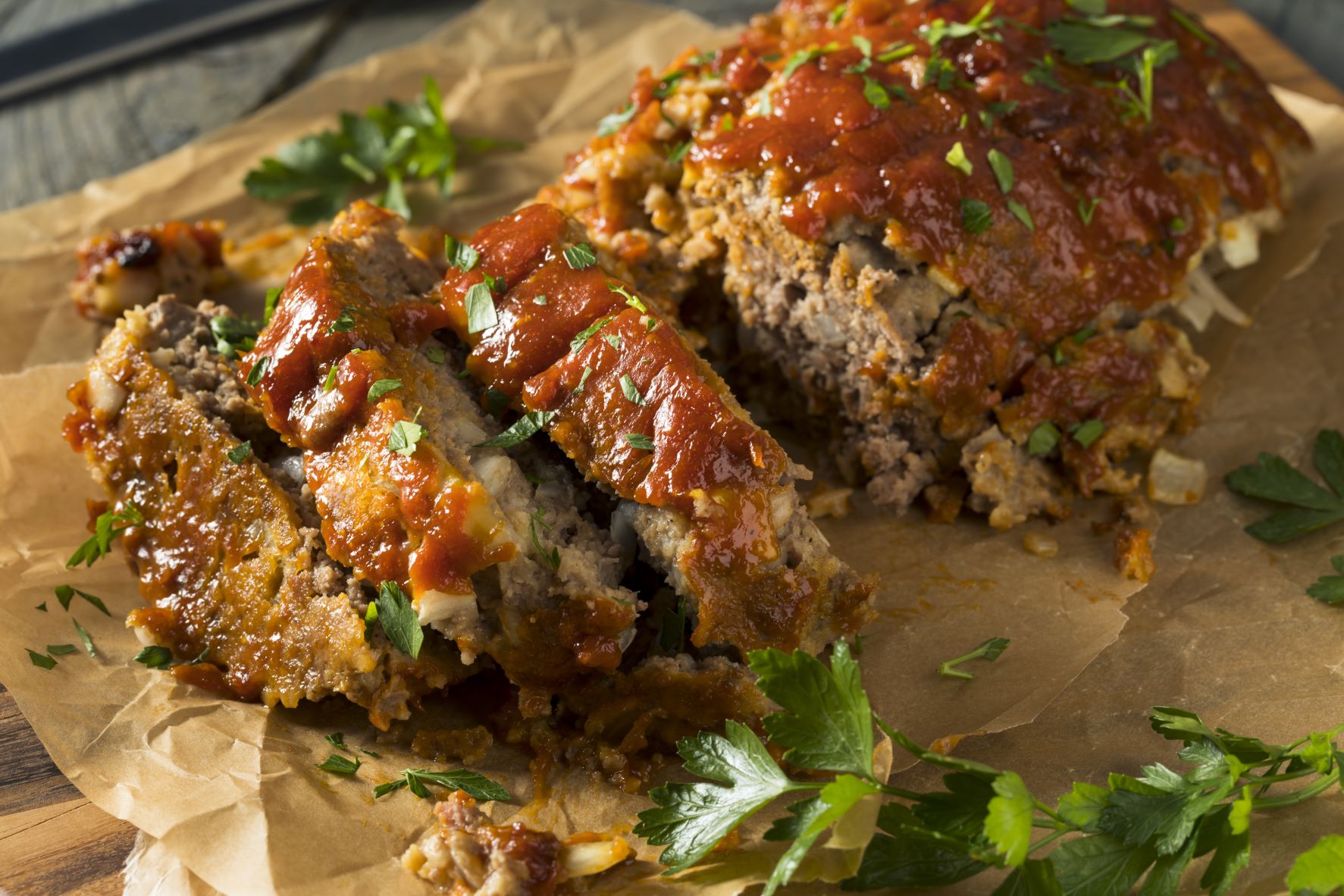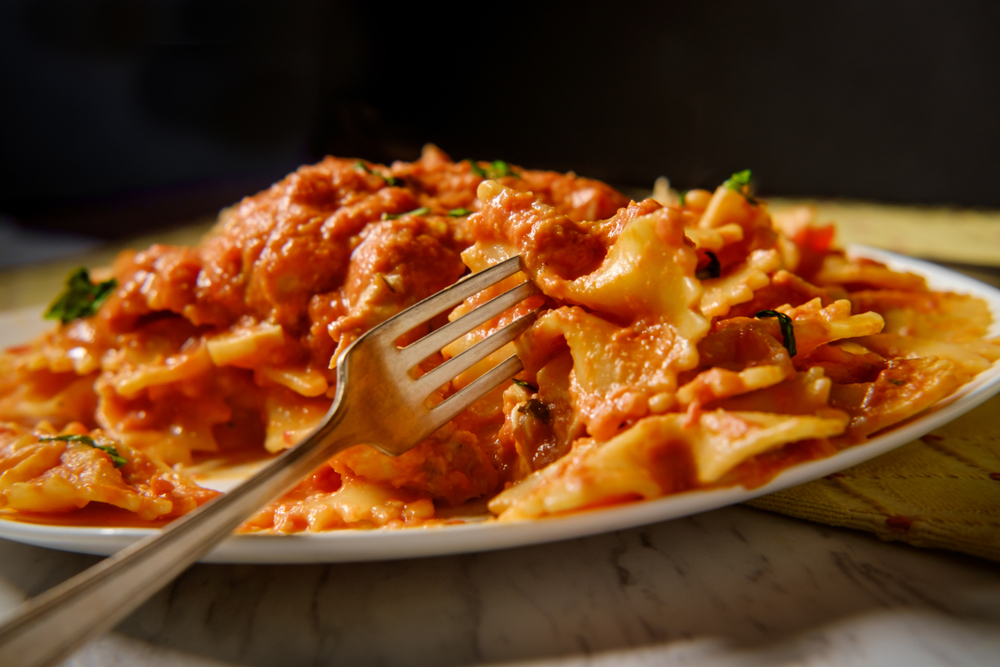Just Like Grandma Made? Well…Maybe Not
Maintaining family connections through food as a newly observant Jew
by Shoshana Isaacson
UNORTHOBOXED Magazine Food Editor
Food nourishes us and gives us the energy we need to live, pray, work, play, and all of the other things that we do on any given day. What we eat, where we eat and with whom we eat is part of the tapestry that defines us, as individuals as well as culturally. The foods and traditions that center around the family table are foundational to who we are. People that are born into a kosher observant Jewish home are defined not just by the ethnicity of the food they eat, but its connection to thousands of years of Jewish law and tradition. The immediate bond shared with other observant Jews is enough to make an almost complete stranger feel familiar. Even more so when the foods being served are similar to those that our own family served at the Shabbat or holiday table. Even Jews who come from a secular background can still relate to some of the most traditional foods their grandparents and great-grandparents brought with them from the ‘old’ country. For the ger (convert) and some baalei teshuva (newly observant) the lack of culinary connection can be as challenging, perhaps even more challenging, as all of the other halachot (laws) and mitzvot (commandments) a newly observant Jew takes on.
It isn’t that newly observant people don’t have culinary family traditions, it’s that the traditions that they grew up with may not fit with their new kosher diet or lifestyle. Just as there are foods associated with all Jewish holidays and celebrations, other faiths and cultures have foods that are associated with their holidays and celebrations. Taking on a new faith can be in itself a difficult thing for non-Jewish or non-observant family members to wrap their heads around. Trying to explain to them that you won’t be able to celebrate certain holidays with them, or that because you now keep kosher you can’t even eat with them at family gatherings, can be beyond stressful for both parties.
The stress of trying to keep family connections is compounded by the discomfort and awkwardness often felt when eating in the homes of your new coreligionists, suddenly being presented with an array of foods you have never heard of, let alone tasted before. One food that many gerim (converts) are presented with, sometimes at their first Shabbat meal, is gefilte fish. This is something that even the most secular non-observant Jew of Ashkenazic descent has eaten at least once. In one such instance the newly observant Jew thought that her hosts were pulling her leg, and that this was a joke and was actually cat food, because there was no way this glob on her plate was really a delicacy. Another food that is often unfamiliar is the Shabbat cholent or hamin. Developing a taste for a ‘stew’ that regularly sits in a crockpot for upwards of 16 or more hours doesn’t always come easily.
Besides the new strange foods someone who is newly observant may be faced with is the longing for once familiar, but now forbidden, foods. Family gatherings that were centered around a meal often featuring foods that were intrinsically treif (not kosher) or foods that were made in ways that made them unkosher. In many homes poultry and roasts were served with mashed potatoes loaded with butter and cream, meat and poultry were basted with butter as they cooked. In the non-kosher world bacon is king, pork is the other white meat, dairy is mixed with everything and the list goes on. How does a ger or baal teshuva deal with this?
In the beginning of the journey to observant Orthodox Judaism, many people may find themselves being overly cautious and strict (they may be unaware of how off-the-deep-end they have gone) in how they keep kosher. For example, not eating in any non-kosher environment (including homes of loved ones) even if unopened kosher food is provided, or being hypervigilant in covering any surface that their kosher food might come into contact with. Laying down multiple layers of paper towels under disposable dishware and cutlery, sometimes even refusing to eat at a table if treif is being served to others. Unintentionally by doing this they often exacerbate the tension between themselves and their non-kosher observant family and friends, and by most authorities it is wholly unnecessary.
Sometimes the difficulty with a person’s newfound adherence to kashrut falls on the family members that are not taking on the new faith or practices that come with it. One baalat teshuva recalled how her intermarried Jewish and Catholic family’s many ups and downs had always centered around food. Her father’s Italian Catholic mother would make elaborate meals often featuring a full-on antipasti – chock-full of prosciutto, capicola, salumi, and pancetta. She said that she has yet to find a way to truly replicate the flavor of Italian salt-cured porks. By spending time with her mother exploring kosher markets and products they have found a way to keep food a central part of their relationship while maintaining her kosher observance.
With all of the vegan and plant-based alternative food options available to the kosher cook today it is possible to adapt foods and recipes to fit into a kosher diet. Suddenly the gaps in one’s culinary tradition can be bridged and new family traditions can be forged. Below are a few recipes that have been adapted to fit the laws of kashrut. Making the changes to recipes can be challenging and may take a few attempts to achieve the taste and texture you are looking to replicate. Be patient with yourself and use this as a way to maintain or recreate family connections.
Midwestern American Meatloaf
Meat
This is traditionally made with a mixture of both beef and pork and in many recipes, milk is added into the mix. Finding a recipe that mimics these flavors but stays true to the laws of kashrut took more than a few attempts and numerous tasters. The end result is below. Enjoy!
Ingredients
For the meatloaf:
½ cup diced onion
1 clove garlic minced
1 lb ground beef
1 lb ground veal or lamb
2 large eggs lightly whisked
1 ½ cups quick-cooking oats
1 cup tomato juice
2 ½ teaspoons salt
1 teaspoon ground pepper
Olive oil, for sautéing
For the sauce:
½ cup ketchup
2 teaspoons honey
1 tablespoon Dijon mustard

Step by Step Instructions
Step 1
Preheat the oven to 350°F.
Step 2
Heat 1 tablespoon of the olive oil in a small skillet over medium heat. Add onion and sauté until soft and translucent and then add the garlic.
Step 3
Remove from the heat and set aside.
Step 4
Prepare a sheet pan by lining it with parchment paper and set aside.
Step 5
In a bowl mix together the meats, eggs, oats, sauteed onions and garlic along with the tomato juice, salt and pepper.
Step 6
When well mixed, place on the center of the sheet pan and form into a large loaf shape.
Step 7
Place into the center of the preheated oven and cook for 40 minutes.
Step 8
While the meatloaf is cooking, prepare the sauce by mixing together the ketchup, honey and Dijon mustard.
Step 9
Remove the meatloaf from the oven and spread the sauce across the top. Return to the oven and cook for another 15 minutes or until the sauce has caramelized.
Step 10
Slice and serve with roasted or mashed potatoes.



